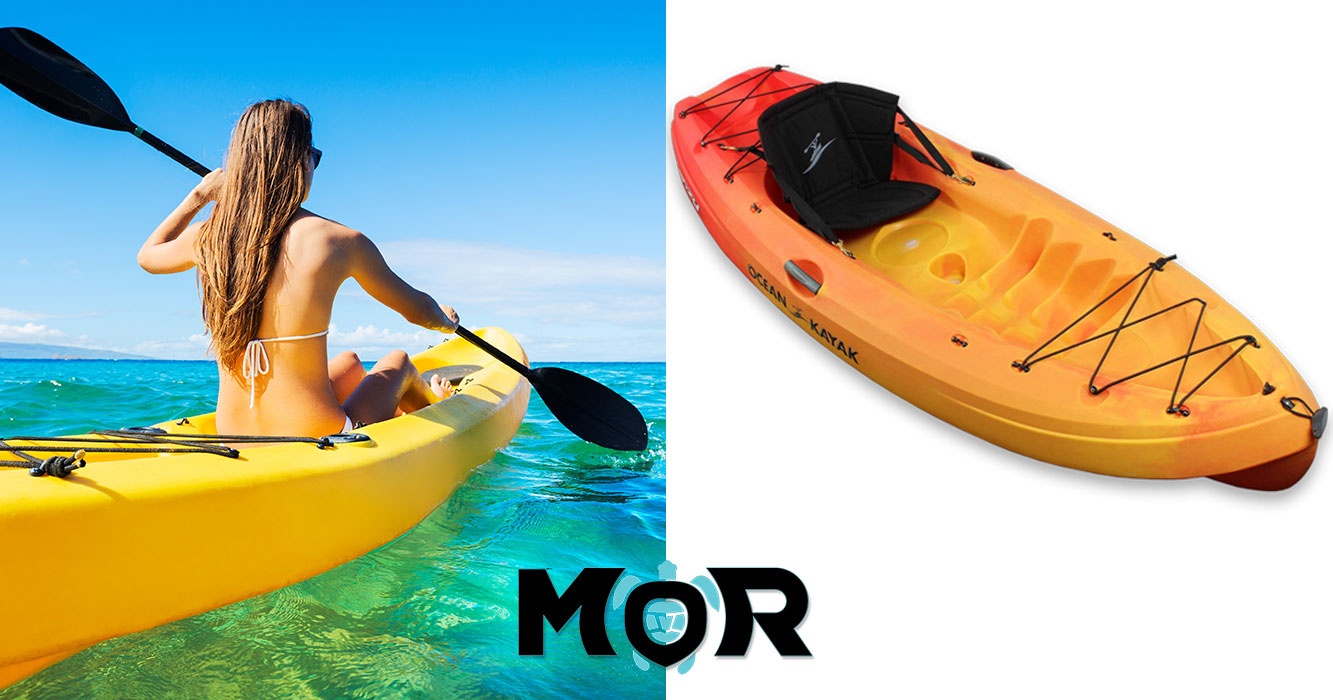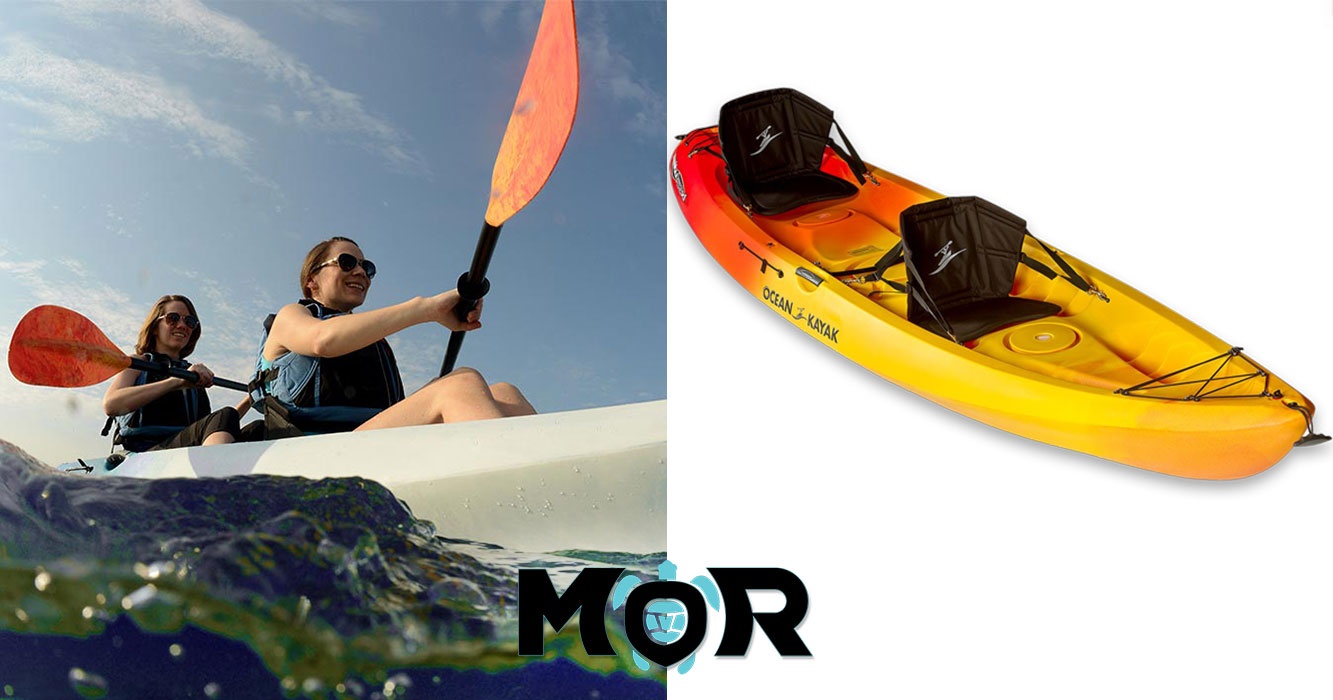
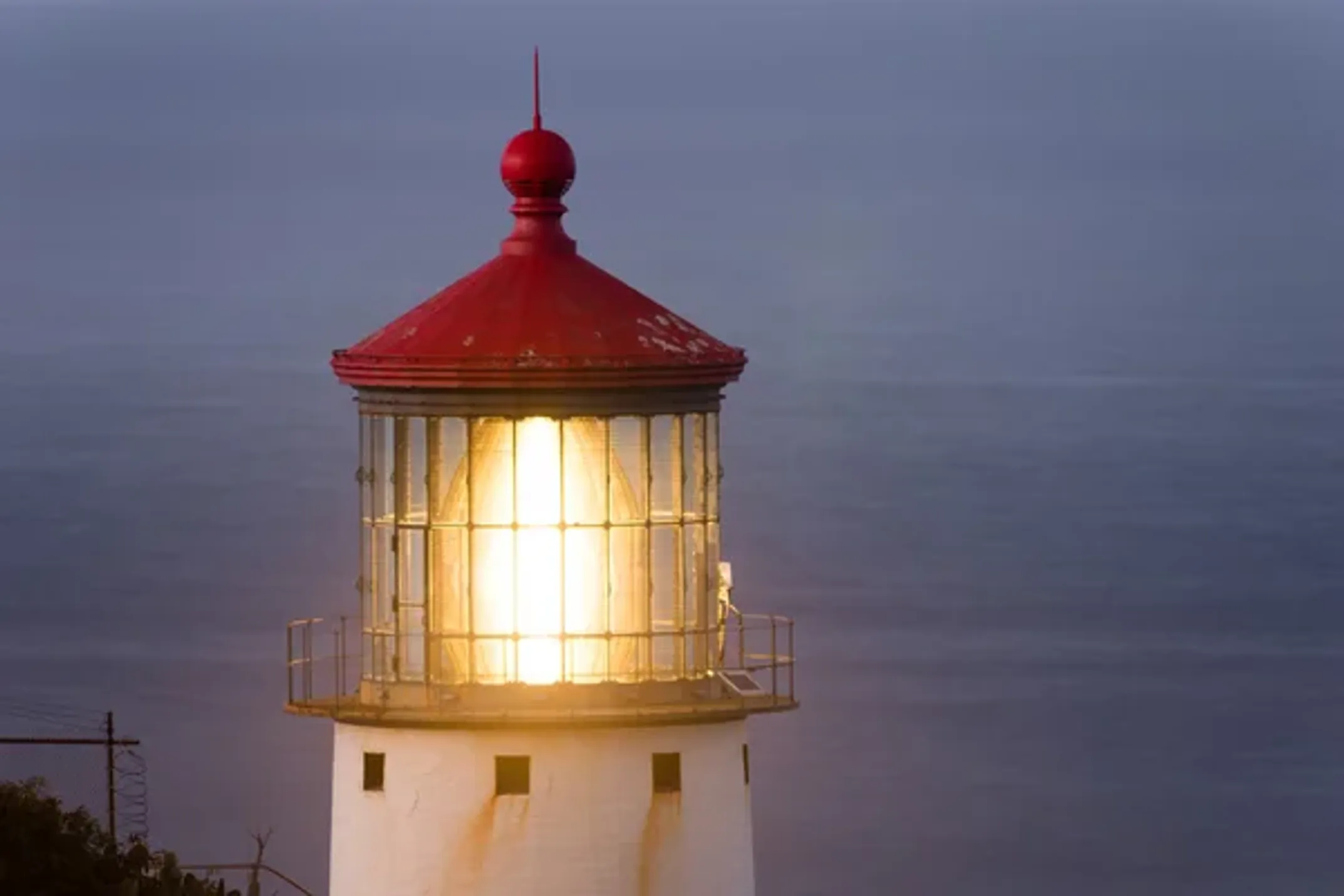
Views That Take Your Breath Away
Whale Watching Paradise & Wildlife Sanctuary
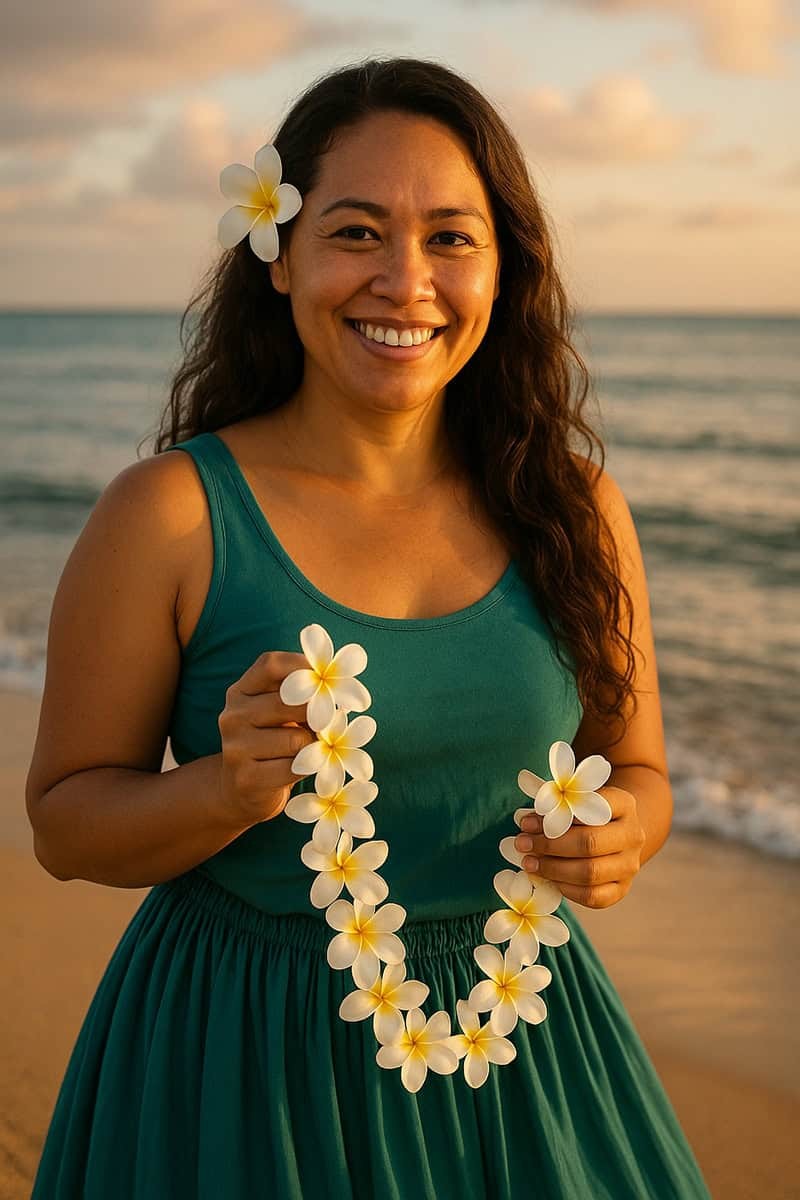
Written by a Local Expert
Leilani AkoWhat You'll See: A Detailed Visual Journey
The hike rewards you with expanding vistas at every turn. Start with glimpses of Koko Head and the rocky coastline, then watch as the full majesty of the Windward Coast unfolds. Each bend in the trail reveals new perspectives, building anticipation for the spectacular summit views.
Windward Coastline Panorama
Dramatic cliffs, lush valleys, and endless blue ocean stretching north toward Kailua and beyond. The contrast between the dry, volcanic landscape of Makapu'u and the green valleys of the Windward side creates a stunning visual dichotomy that showcases Oahu's incredible geological diversity.
🌋 Koko Head & Koko Crater
These volcanic tuff cones dominate the southern view with their distinctive shapes. Koko Head's famous "railway" trail is visible on clear days, appearing as a thin line ascending the steep crater wall.
🏖️ Makapu'u Beach Below
The popular bodyboarding beach lies directly below the cliffs, accessible by a separate road. From the trail, you can observe wave patterns and surf conditions.
🏝️ Offshore Islands
Mānana Island (Rabbit Island) and Kāohikaipu Island serve as seabird sanctuaries. These protected islands remain off-limits to preserve critical nesting habitat.
🌅 Neighboring Islands
On clear days, spot Moloka'i's dramatic sea cliffs across the Kaiwi Channel, Lāna'i's distinctive profile, and sometimes Maui's massive Haleakalā crater rim.
Several lookout points along the trail offer perfect spots to rest and soak in the scenery. Many feature informational plaques about the area's geography, wildlife, and cultural history. Some have telescopes for public use during whale season, though their availability and condition varies.
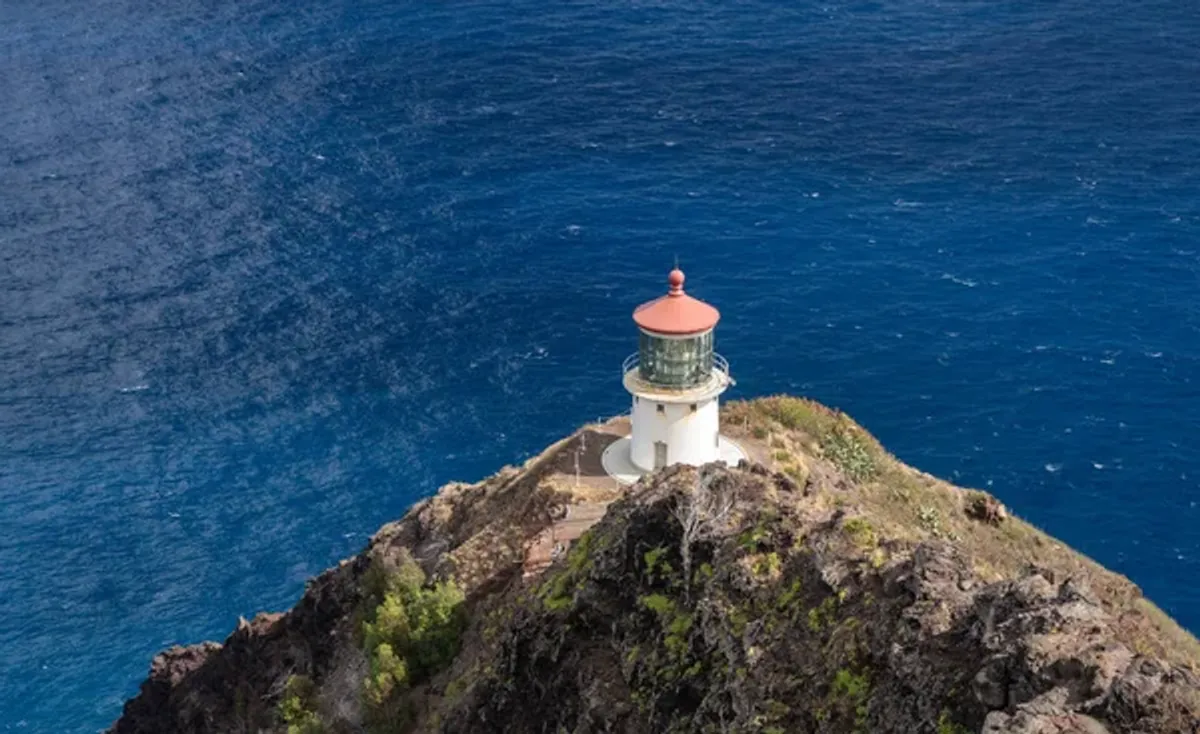
Whale Watching Paradise: Nature's Greatest Show
From November to May, Makapu'u becomes one of Oahu's best shore-based whale watching spots. The deep Kaiwi Channel serves as a major highway for migrating humpback whales traveling between their feeding grounds in Alaska and Hawaii's warm waters for breeding, calving, and nursing their young.
Understanding the Migration
Humpback whales travel over 3,000 miles to reach Hawaiian waters, one of the longest migrations of any mammal. They arrive in Hawaiian waters pregnant, give birth, nurse their calves, and mate before returning to Alaska. During their Hawaiian stay, they typically don't feed, living off stored blubber from their summer feeding in Alaska.
The whales prefer the relatively shallow waters between Hawaiian islands, making the channels between Oahu, Moloka'i, Maui, and Lāna'i prime habitat. The Kaiwi Channel, visible from Makapu'u, serves as a major thoroughfare for these gentle giants.
🐋 Whale Season
- Season: Nov - May
- Peak: Jan - Mar
- Best Time: Late afternoon
- Viewing Distance: Bring binoculars
- Migration: 3,000+ miles
🌊 What to Look For
- Blows: Misty spouts when surfacing
- Breaches: Spectacular jumps
- Tail slaps: Communication signals
- Spyhopping: Looking around above water
- Mother-calf pairs: Often closer to shore
👀 Viewing Tips
- Bring binoculars for best experience
- Patience pays off - whales operate on their schedule
- Late afternoon reduces glare
- Calm seas = better spotting
Island Life: Plants and Wildlife Adapted to Harsh Conditions
The hot, dry slopes around Makapu'u support unique plant and animal communities adapted to harsh coastal conditions. This ecosystem represents one of Hawaii's most challenging environments, where only specially adapted species can survive constant wind, salt spray, intense sun, and limited fresh water.
Native Plants: Survivors of the Coast
Look for hardy coastal species like naupaka with its distinctive half-flowers, bright orange 'ohai ali'i that blooms spectacularly after rains, native ma'o cotton with its soft leaves, and other indigenous plants. These survivors thrive despite constant wind, salt spray, and limited rainfall.
The Naupaka Legend
The naupaka kahakai (beach naupaka) tells one of Hawaii's most famous plant legends. According to tradition, naupaka flowers appear as only half-flowers because they represent separated lovers. The beach naupaka grows near the ocean while mountain naupaka grows in the uplands, and only when their flowers are brought together do they form a complete flower.
'Ohai ali'i produces stunning orange-red flowers that seem to glow against the dark volcanic rock. This native shrub blooms most prolifically after winter rains, creating spectacular displays across the coastal slopes. The plant's deep root system allows it to access moisture unavailable to shallow-rooted species.
Unfortunately, invasive species like kiawe (mesquite) and prickly pear cactus dominate much of the landscape. These introduced plants outcompete native species and alter the ecosystem's natural balance. The native plants offer glimpses of what the coast looked like before human changes, serving as living reminders of Hawaii's original botanical heritage.
Seabird Sanctuary: A Haven for Hawaiian Birds
The offshore islands of Mānana and Kāohikaipu serve as protected sanctuaries for Hawaiian seabirds. These islands remain off-limits to human visitors, preserving critical nesting and roosting habitat for species that face threats throughout their range.
🦅 'Iwa (Great Frigatebird)
Large black birds with impressive wingspans reaching up to seven feet. Males display inflated red throat pouches during breeding season. These skilled fliers often harass other seabirds to steal their catches.
🪶 Koa'e 'ula (Red-tailed Tropicbird)
Elegant white birds with streaming red tail feathers that can extend two feet behind their bodies. Their graceful flight patterns and distinctive calls make them easy to identify.
🦶 'Ā (Red-footed Booby)
Notable for their distinctive bright red feet and varied color patterns ranging from white to brown morphs. These expert divers plunge from great heights to catch fish.
🌊 Shearwaters & Terns
Including wedge-tailed and sooty shearwaters that skim the waves with remarkable precision, plus sooty terns and gray-backed terns diving for fish with aerial acrobatics.
Other Wildlife: Marine Mammals and Reef Life
Hawaiian monk seals occasionally rest on nearby beaches, including Makapu'u Beach and Sandy Beach. These critically endangered marine mammals deserve respectful distance of at least 150 feet if you're lucky enough to spot one. Only about 1,400 Hawaiian monk seals remain in the wild, making every individual precious for species survival.
Green sea turtles (honu) sometimes appear in the waters below Makapu'u Point, though they're more commonly seen at nearby beaches. These ancient mariners hold special significance in Hawaiian culture and are protected by both state and federal law.
Migrating shorebirds like Pacific golden plovers (kōlea) and ruddy turnstones ('akekeke) also visit the area seasonally. The kōlea arrive in Hawaii around August and stay through April, making incredible non-stop flights to and from Alaska. These remarkable birds demonstrate the Pacific's role as a highway for migrating wildlife.

